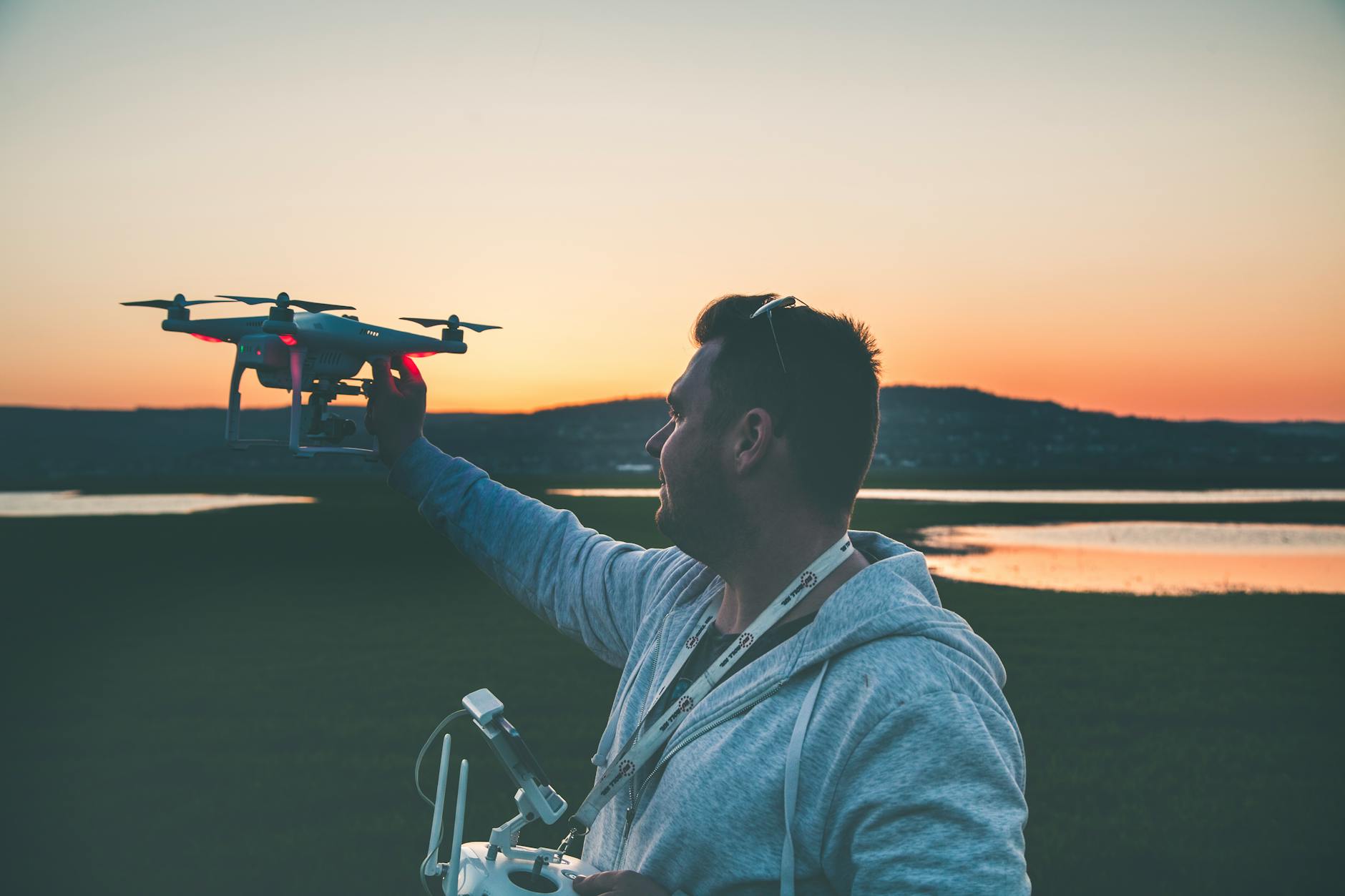The popularity of small unmanned aerial systems (sUAS), also known as drones, has exploded in recent years, with estimates showing almost a million registered hobbyists in the U.S. alone. If you’re one of those venturing into the world of unmanned flight, the urge to start flying may cause you to miss some necessary steps. Take time to review these valuable tips to ensure that your flying time is fun, safe and legal.
Read the instruction manual:

Source: Pexels
It may seem like an obvious first step, but many people bypass the instruction manual on the way out the door to launch their new drone into the clouds. Unfortunately, skipping this important step may result in damage to the drone or property, injury to the operator or others or even loss of the aircraft. Flying a drone encompasses many of the same concepts required to pilot a passenger plane, and it can be a complicated process. Take time to read the instruction manual thoroughly, then reread it. Learning to fly your new drone will require knowledge of the vehicle’s operation, capabilities, limitations, and features. That includes an understanding of both physical and remote control and software used to operate the drone.
Update the firmware:
Firmware is the permanent software programmed into the read-only memory (ROM) of your drone. This software provides the instructions and commands used to operate the hardware. Manufacturers update the firmware to correct any issues or “bugs” they find in their original program. While you may have just purchased your drone, it may have been in transit or sitting on the store shelf or in a warehouse when the manufacturer sent out a firmware update. Check the instruction manual or the manufacturer’s website for more information about current firmware versions and how to update your drone. Flying with the most current firmware version will help you avoid issues uncovered by other owners or the manufacturer.
Register your drone:

Source: Pexels
While you might consider your drone a toy or just a hobby, the government doesn’t share this view. Drones are regulated by the Federal Aviation Administration (FAA) and addressed in the National Defense Authorization Act for Fiscal Year 2024. Section 1092 of this Act reinstates an earlier FAA rule that required all drones weighing between .55 and less than 55 pounds be registered. Registration can be completed online via the FAA website and costs only $5. Flying an unregistered drone can result in penalties or even imprisonment. The FAA may assess civil penalties up to $27,500. Criminal penalties include fines of up to $250,000 and imprisonment for up to three years.
Tag your drone:
Once you’ve registered your drone, be sure to tag it. First, display the FAA registration number you received with your registration confirmation to demonstrate to authorities that the drone complies with federal laws.
Tagging the drone with your name, address, and contact information can help if it goes missing. While theft can be an issue, your drone could also get carried off by high winds, crash into a structure or encounter birds or any number of other situations that might result in a loss. If someone finds your aircraft, this information can help them locate you. Attaching a mobile tracking device can also aid in recovery.
Laws / Regulations:
Operation of a drone is governed by federal law, as well as by state laws, county/city regulations and local ordinances. The federal rules cover topics such as operation near an airport, national park or government facilities. The FAA website offers information and research resources on federal law.
State, county, city and local regulations can govern topics such as operation in a state park, on a public beach, over a crowded event or on a city street. Unfortunately, there is no single, encompassing source of information on these regulations. Best practices dictate a little research and investigation before you head out to fly your new drone. There are also several mobile apps that show restricted airspace and other relevant information.
Get Licensed:

Source: Pexels
While you don’t need a license to fly a drone as a hobbyist, you do for a commercial drone. Part 107 of the Federal Aviation Regulations, which covers the commercial operation of drones weighing less than 55 pounds, requires licensing. The commercial operation includes any drone activity that results in payment for your services. That includes posting videos of your local beach to an online video broadcaster that pays you for a certain number of views. You may be a commercial drone pilot without even knowing it. Check the FAA website for more information on licensing to determine if you’ll need a license to fly.
While following these easy tips might delay your flying fun, they can help avoid issues that might put a damper on your enjoyment. Just like professional pilots, drone pilots should put in pre-flight preparation time, flight research and education to ensure best flight practices and safe operation.
Jessica is a marketing enthusiast and an influencer in Fashion & FnB verticals. She’s a fashionista and enjoys to have a glass or two of wine with her friends. Her undying love for wine has made her a regular contributor at Remedyliquor too.